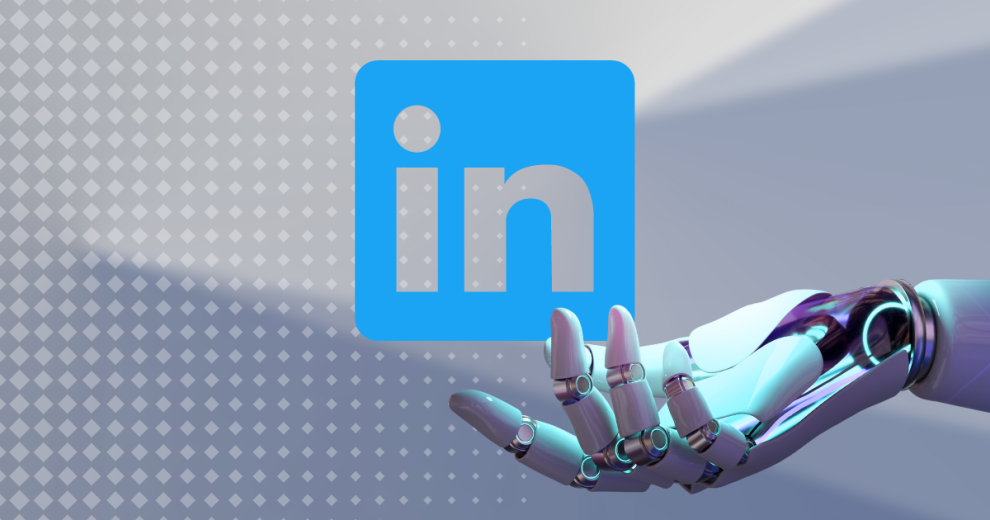LinkedIn has quietly begun harvesting user-generated content to train its artificial intelligence systems. This development, revealed on September 19, 2024, has left many users feeling blindsided and raising questions about data privacy in the age of AI.
LinkedIn’s AI Training Revelation
What You Need to Know As the sun rose over LinkedIn’s headquarters in Sunnyvale, California, the company’s senior vice president and general counsel, Blake Lawit, published a seemingly innocuous “trust and safety” update. However, buried within this update was a bombshell: LinkedIn had already started using members’ posts and data to train and power its generative AI features.
“We’re committed to innovation, but we also understand the importance of transparency,” Lawit stated in the update. Our goal is to enhance user experience while respecting privacy.
Users Left in the Dark Perhaps the most contentious aspect of this revelation is the opt-out nature of the data collection. Unlike many tech companies that ask users to opt-in to new features, LinkedIn has automatically enrolled its millions of users into this AI training program.
Sarah Chen, a data privacy advocate based in San Francisco, expressed her dismay: “It’s a breach of trust. Users should have been asked for permission before their data was used in this way. The opt-out approach feels sneaky and undermines user autonomy.”

To opt out, users must navigate through several menu options:
- Click on your LinkedIn Profile
- Select “Settings”
- Choose “Data Privacy”
- Look for “Data for Generative AI improvement”
- Click the button to opt out
EU Users Get a Pass Interestingly, not all LinkedIn users are affected equally by this change. In a twist that highlights the growing influence of data protection regulations, users in the European Union, Iceland, Norway, Liechtenstein, and Switzerland are exempt from this data collection for AI training.
Dr. Elena Kowalski, an EU data protection expert, explained the significance: “This exemption underscores the power of robust privacy laws like GDPR. It’s a clear message to tech companies that user consent matters.
The Fine Print: What LinkedIn is Actually Collecting According to the updated privacy policy and FAQ, LinkedIn is collecting a wide range of user data, including:
- Posts and articles
- Frequency of platform use
- Language preferences
- User feedback
The company claims to be using privacy-enhancing technologies to minimize personal data in training datasets. However, some experts remain skeptical.
“Even with redaction, there’s always a risk of re-identification,” warns Dr. Marcus Lee, a cybersecurity researcher at MIT. “The more data points you have, the easier it becomes to piece together someone’s identity.”
The Risk of Data Leakage One particularly concerning aspect of LinkedIn’s AI features is the potential for unintended data sharing. The company’s own FAQ warns that users might inadvertently expose personal information when using AI-powered writing suggestions.
Jane Doe, a LinkedIn user and marketing professional, shared her experience: “I was using the writing suggestions feature and realized it had incorporated names from my network into the text. It felt invasive, like my connections’ privacy was being compromised without their knowledge.”
LinkedIn’s AI Ambitions Despite the backlash, LinkedIn’s move reflects the broader trend of tech companies racing to develop and deploy AI technologies. The professional networking platform, owned by Microsoft, is likely looking to stay competitive in an increasingly AI-driven landscape.
Tech analyst Robert Johnson offers some context: “LinkedIn is sitting on a goldmine of professional data. From their perspective, not using it for AI development would be leaving money on the table. The question is whether they can balance innovation with user trust.”
A Mixed Bag of Anger and Resignation As news of the change spread across the platform, user reactions ranged from outrage to resigned acceptance. Many took to LinkedIn itself to voice their concerns and share opt-out instructions.
I’ve been a LinkedIn user for over a decade, but this feels like a step too far,” posted Maria Garcia, a human resources professional. I’m seriously considering deleting my account.”
Others, like software engineer Tom Williams, were more pragmatic: “It’s not ideal, but let’s be honest – most of us have been giving away our data for free to tech companies for years. At least LinkedIn is being somewhat transparent about it.”
Balancing Innovation and Privacy As LinkedIn navigates the fallout from this decision, the incident raises broader questions about the future of data privacy in an AI-driven world. How can companies innovate responsibly while respecting user rights? What role should regulators play in overseeing AI development?
As AI becomes increasingly integrated into our digital lives, the conversation around data ethics and user consent is far from over.
















Add Comment